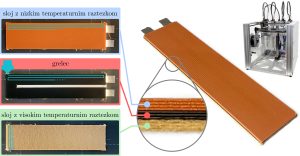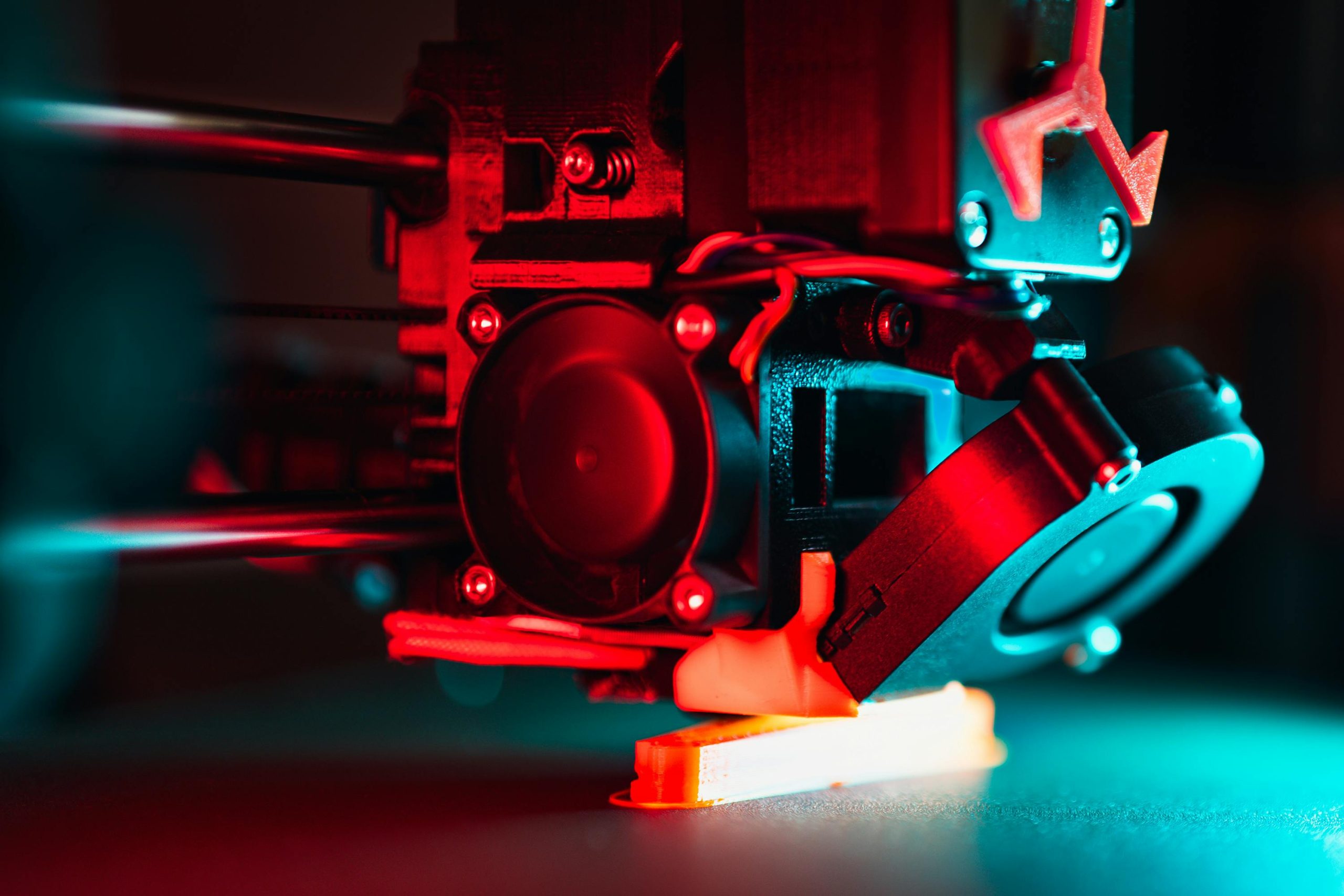Researchers from the Laboratory for Dynamics of Machines and Structures (LADISK) have developed an innovative method for 3D printing soft actuators that change shape under electrical voltage. Gašper Krivic and Prof. Dr. Janko Slavič developed a process that enables manufacturing of complete actuators in a single printing process, paving the way for development of smart structures of the future.
Electrothermal actuators are devices that convert electrical energy into mechanical motion through heating. Traditional manufacturing requires multiple processing steps, which limits design flexibility and increases costs. Previous approaches required separate manufacturing of individual layers, bonding them together, and additional post-processing, making the process expensive and time-consuming.
The novel method developed by the researchers at the Faculty of Mechanical Engineering, University of Ljubljana enables 3D printing of the entire actuator in one continuous process. The printer first deposits a bottom layer of material with high coefficient of thermal expansion, then a middle heater layer made of electrically conductive polymer, and finally a top layer of material with low coefficient of thermal expansion. Crucially, all three layers are printed sequentially without interruptions or additional assembly – the complete actuator is created in a single manufacturing step. When voltage is applied to the heater layer, it generates heat, and the differential thermal expansion of the layers causes controlled bending of the actuator.

“Our approach is revolutionary because it enables, for the first time, fully automated manufacturing of electrothermal actuators without additional assembly steps,” explains Gašper Krivic, lead author of the research published in the prestigious International Journal of Mechanical Sciences (IF = 9.4) “We also developed a comprehensive analytical model that accurately predicts the actuator’s time-dependent behavior and accounts for stress-relaxation effects, which was not previously possible.”
The research opens possibilities for developing smart structures that can actively adapt to external loads. Potential applications include soft robotics, adaptive metamaterials, intelligent grippers, and actively controlled smart structures for aerospace technology.
